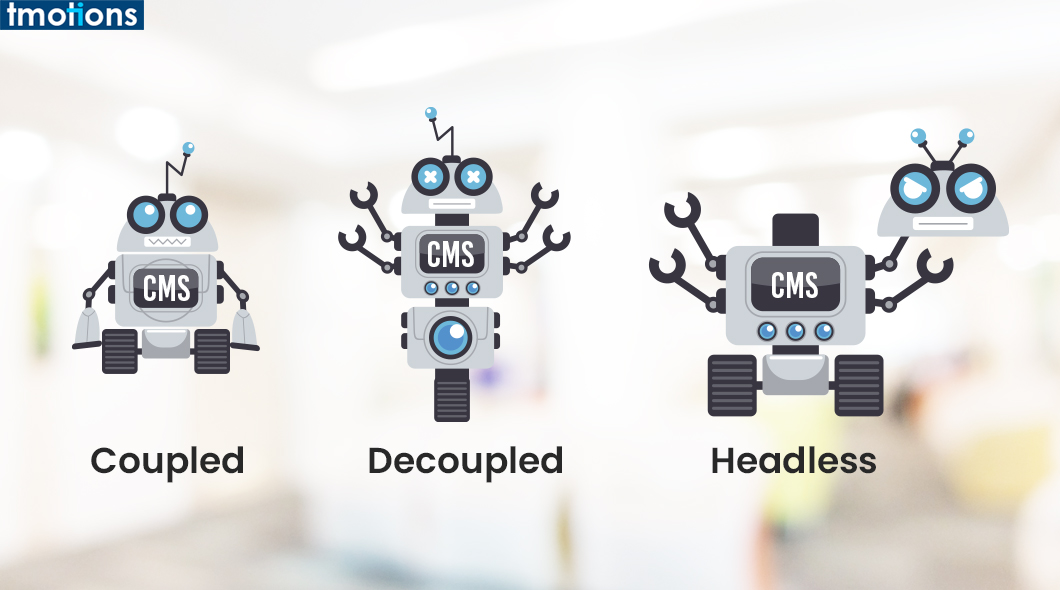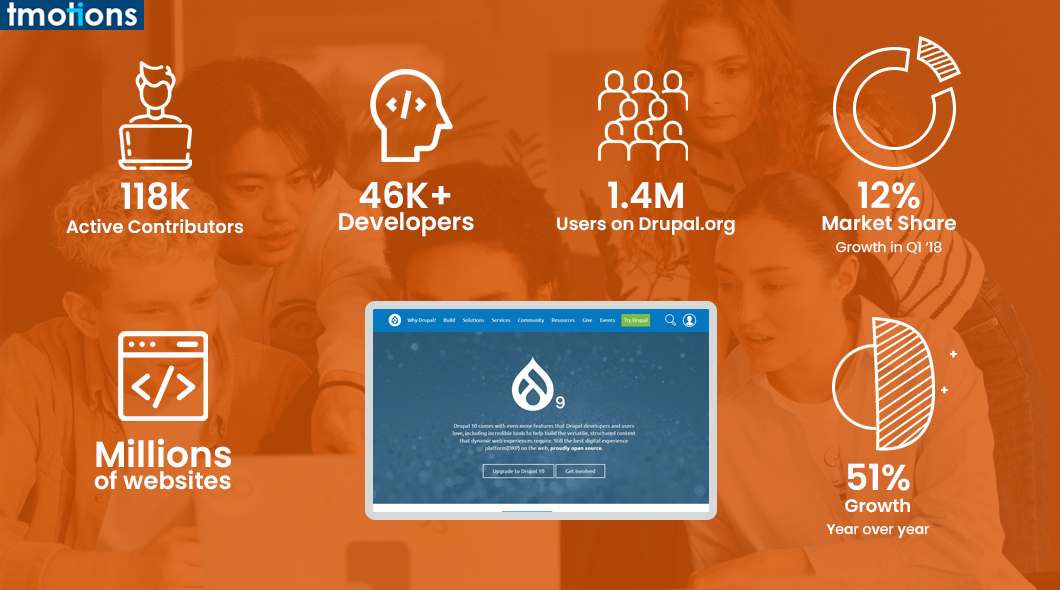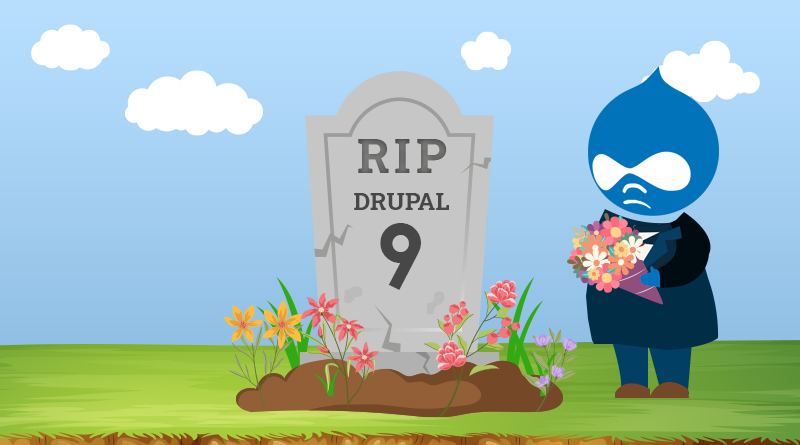Drupal has been a popular Content Management System (CMS) for over two decades, powering countless websites and applications across various industries. With the release of Drupal 9, the platform has been taken to new heights, offering an array of powerful features and improvements that make it the ultimate choice for your next web development project.
nopcommerce vs magento | nopcommerce multi store | nopcommerce demo | grocery store trends
In this article, we will explore some of the top Drupal 9 features that make it the go-to CMS for modern web development.
1. Enhanced Performance and Security
Drupal 9 introduces numerous performance and security improvements that ensure a faster, safer, and more reliable experience for both developers and end-users. The platform leverages PHP 7.3 and higher, Symfony 4.4, and Twig 2, which provide improved performance, updated coding standards, and better security practices. In fact, Drupal’s security team actively monitors and resolves security issues, resulting in Drupal having one of the lowest vulnerability rates among CMS platforms. With Drupal 9, you can rest assured that your website will be built on a solid foundation that adheres to modern web standards.
2. Easy Upgrades
One of the significant pain points of earlier Drupal versions was the complex and time-consuming upgrade process. Drupal 9 simplifies this process by adopting a semantic versioning approach and providing a clear upgrade path from Drupal 8. This means that upgrading to Drupal 9 is as simple as updating modules and themes and running a few commands. Moreover, Drupal 9 will receive regular feature updates, ensuring that your website remains current and relevant. For example, the healthcare industry has seen a surge in Drupal usage due to its easy upgrade process, which has allowed hospitals and clinics to keep their online presence up-to-date with minimal downtime.
ecommerce big data | digital transformation consulting services | microsoft dynamics 365 for sales
3. Streamlined User Interface
Drupal 9 introduces a more user-friendly administrative interface that makes it easier for content creators and site administrators to manage content and navigate the CMS. The Claro admin theme provides a clean, modern design with improved accessibility, making it easier to work with the platform. Additionally, the Layout Builder and Media Library modules have been incorporated into Drupal 9’s core, providing a more intuitive and flexible content management experience.
These improvements have been particularly beneficial for the education sector, where teachers and staff can easily manage and update their school websites without requiring extensive technical knowledge.
4. Mobile-first Approach
Drupal 9 embraces a mobile-first approach, ensuring that your website is accessible and optimized for users on various devices. The platform’s responsive design capabilities allow developers to build websites that automatically adapt to different screen sizes and orientations, delivering an optimal user experience across desktops, tablets, and smartphones.
This feature has proven to be essential for e-commerce businesses, where over 50% of online shopping is now done on mobile devices. With Drupal 9, retailers can offer seamless shopping experiences to their customers regardless of the device they use.
b2b ecommerce diagram | How Food Went High Tech | Immersive eCommerce is Here
5. Enhanced Multilingual Support
Drupal 9 Managing multilingual websites is more accessible than ever. The platform offers built-in support for over 100 languages, allowing developers to create websites that cater to a global audience. The platform’s robust translation features enable you to manage translations for content, user interfaces, and configurations, ensuring that your website is truly accessible to users worldwide.

This has been especially valuable for tourism and travel websites, which cater to diverse audiences and require extensive multilingual capabilities to effectively engage visitors from around the world.
6. Extensive Module Ecosystem
Drupal 9 offers an extensive ecosystem of contributed modules, which allows developers to add functionality and customize their websites quickly. With thousands of modules available, you can find solutions for virtually any requirement, from e-commerce and social media integration to SEO and marketing automation.
Additionally, Drupal 9’s backward compatibility with Drupal 8 modules ensures that you can continue to leverage existing modules while benefiting from the platform’s latest features. This modular approach has been a boon for industries like finance and government, where strict compliance and security requirements can be met with ease by leveraging specialized modules.
7. Strong Community Support
One of Drupal’s greatest strengths is its vibrant and supportive community of developers, designers, and users. By choosing Drupal 9, you’ll gain access to a wealth of knowledge, resources, and support from experts who are passionate about helping you succeed. Whether you need assistance with development, theming, or troubleshooting, the Drupal community is always ready to lend a hand.
This strong community support has made Drupal a popular choice among non-profit organizations, which often rely on volunteer efforts and require cost-effective solutions. Drupal’s community-driven approach enables non-profits to build and maintain powerful, feature-rich websites without breaking the bank.
8. API-first Architecture
Drupal 9’s API-first architecture is designed to support the growing demand for content that can be easily consumed by multiple channels and devices. With built-in support for JSON:API, RESTful web services, and GraphQL, Drupal 9 enables developers to build headless or decoupled applications with ease.

This feature is particularly useful for media and entertainment industries, where content needs to be delivered across various platforms like mobile apps, smart TVs, and voice assistants. By adopting Drupal 9’s API-first approach, developers can create future-proof websites and applications that cater to ever-evolving user preferences and technologies.
The Ultimate Guide To ChatGPT | what are the driving growth in b2b | Leveraging the Metaverse for Business Success
9. Environment-friendly and Sustainable Practices
Drupal 9 promotes sustainable web development practices that help reduce the environmental impact of websites. With its performance optimizations, efficient caching mechanisms, and streamlined codebase, Drupal 9 ensures that websites built with the platform consume fewer server resources, thereby reducing energy consumption and carbon emissions. Moreover, Drupal’s open-source nature encourages reusing and sharing of code, reducing the need for developing new software from scratch.
This environmentally-conscious approach is increasingly important for industries like renewable energy, green technology, and eco-friendly e-commerce, which prioritize sustainability in their operations. By choosing Drupal 9, you can build websites that not only deliver great user experiences but also contribute to a greener digital future.
What are the crucial aspects to consider when migrating from Drupal 7 to Drupal 10?
When undertaking the migration process from Drupal 7 to Drupal 10, there are several critical aspects to consider. These include:
-
Compatibility:
Ensure that the modules, themes, and custom code used in your Drupal 7 site are compatible with Drupal 10. Some modules may have newer versions available for Drupal 10, while others may require alternative solutions or replacements.
-
Core and Module Updates:
Drupal 7 and Drupal 10 have significant differences in architecture and functionality. Evaluate the modules used in your Drupal 7 site and identify their Drupal 10 counterparts. Additionally, review and update any custom code or configurations that may no longer be compatible with Drupal 10.
-
Content Migration:
Plan and execute the migration of your content from Drupal 7 to Drupal 10. This includes transferring pages, articles, images, user accounts, and any other relevant data. Evaluate the content structure in Drupal 10 and make adjustments as needed.
-
Theming:
Drupal 10 uses a different theming system (Twig) compared to Drupal 7. You will need to update your theme or create a new one using Twig syntax. Take this opportunity to enhance the design and user experience of your site.
-
Design and Functionality Enhancements:
Assess the design and functionality of your Drupal 7 site and identify areas that can be improved or optimized in Drupal 10. Utilize the latest features and enhancements available in Drupal 10 to provide a better user experience.
-
Performance and Security:
Drupal 10 offers improved performance and security features compared to Drupal 7. Take advantage of these enhancements during the migration process to ensure your site performs well and remains secure.
-
Testing and Quality Assurance:
Thoroughly test the migrated site in Drupal 10 to identify and resolve any issues or inconsistencies. Perform comprehensive quality assurance checks to ensure all features and functionalities are working as intended.
-
Staff Training and Familiarization:
If your team is accustomed to working with Drupal 7, provide training and resources to help them adapt to the changes in Drupal 10. Familiarize them with the new features, workflows, and best practices to maximize productivity.
-
Downtime and Maintenance Planning:
Plan for any necessary downtime during the migration process, and communicate with stakeholders about the potential impact on site availability. Consider scheduling regular maintenance tasks to keep your Drupal 10 site updated and secure.
By considering these crucial aspects, you can facilitate a smooth and successful migration from Drupal 7 to Drupal 10, ensuring a modern and optimized website experience.
Conclusion
These points further emphasize the versatility and forward-thinking nature of Drupal 9, making it a powerful CMS choice for a wide range of industries and applications. By leveraging Drupal 9’s features, you can create websites that are performant, user-friendly, and adaptive to the ever-changing digital landscape.
Whether you’re looking to build a simple blog or a complex enterprise website, Drupal 9 is a powerful and versatile CMS that can help you achieve your goals efficiently and effectively. So, if you’re in search of a reliable and feature-rich platform for your next project, Drupal 9 is definitely worth considering.
If you have any further questions or concerns regarding the top features of Drupal 9 and how it can benefit your next project, please don’t hesitate to reach out to us at info@tmotions.com. Our team of experts is always available to help you make informed decisions about your website development needs.














